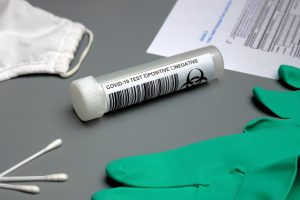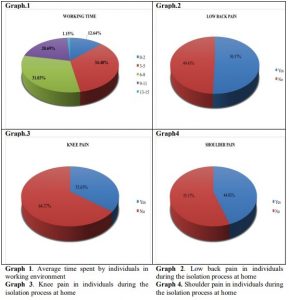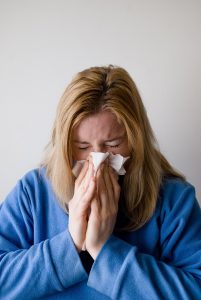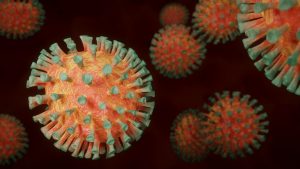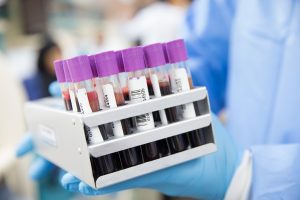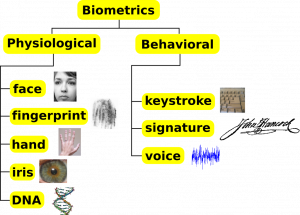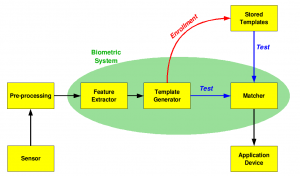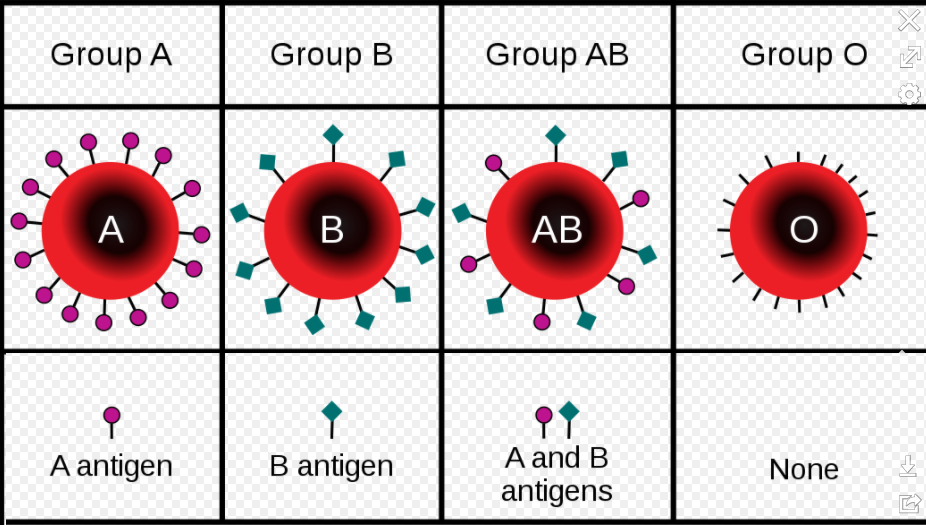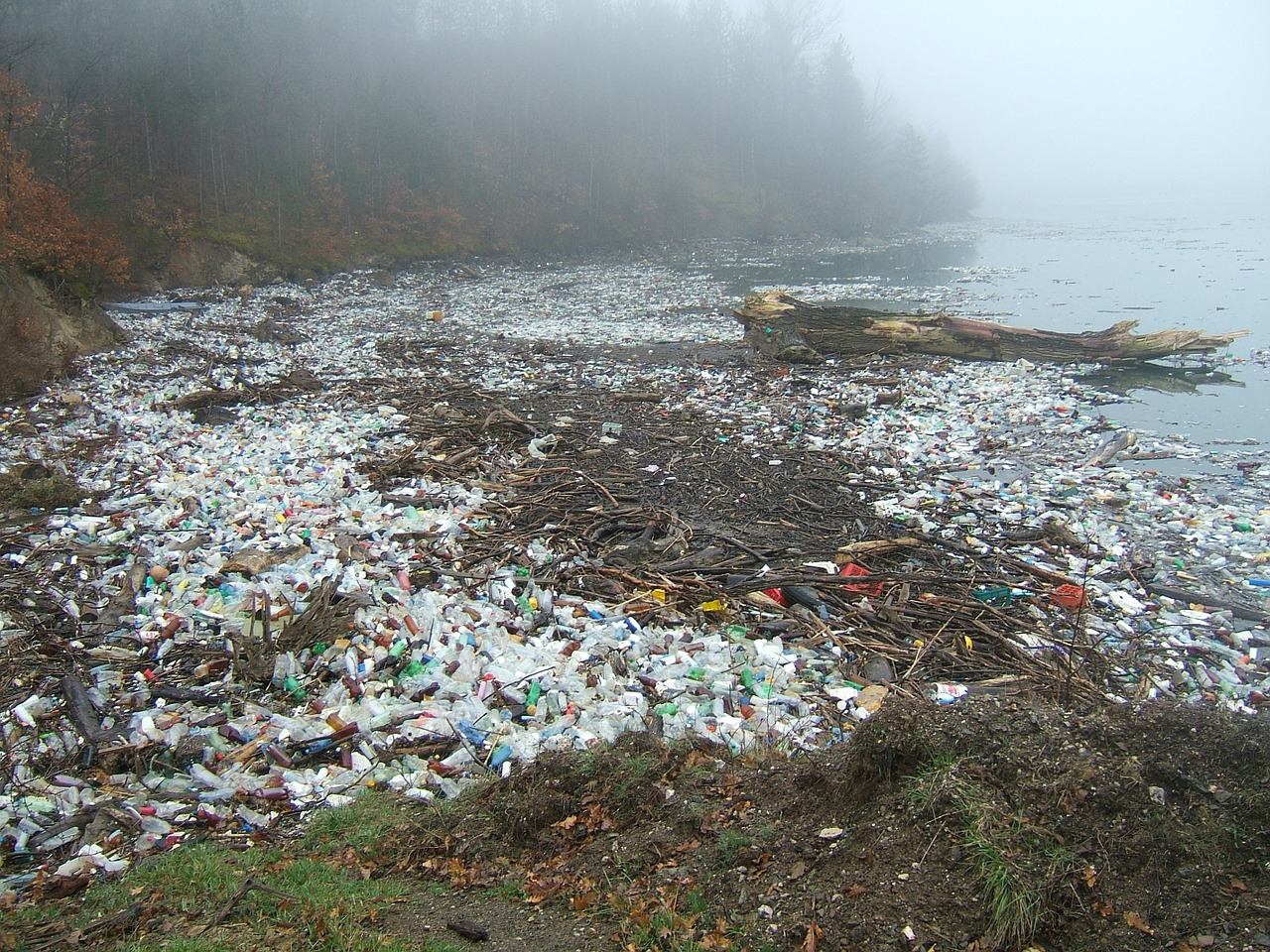Self-Driving Cars
Self-driving cars might seem like an imaginary machine for people who are not very familiar with the term, but it is expected to be widespread soon. According to Grand View Research, the global self‑driving cars’ market size is expected to expand at CAGR of 63.1% from 2021 to 2030. They are a key innovation and have high growth potential in the automobile industry.
Weymo
While the market of self-driving cars is expanding, there is a company that attracts the most attention to itself now in the automobile industry, which is Weymo. Weymo itself does not produce cars, but it develops AI software for self-driving cars. Their autonomous driving technology is said to be the most advanced in the world.
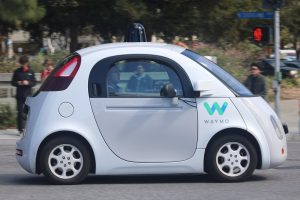
Image: Grendelkhan/Wikimedia
Utilization and Training Of AI by Waymo
Waymo is using machine learning in many ways to improve its autonomous driving technology. They need many data in various situations, but it is difficult to train them using real-world data in high-risk but infrequent situations, such as when pedestrians jump out from behind a stopped car or in a snowstorm. Thus, the cars are instead travelling billions of miles using virtual reality simulations. Waymo’s researchers have revealed that they usually drive about 25,000 cars in simulations to keep improving machine learning algorithms.
Recognition Of Objects and Surroundings
The most basic task of self-driving cars is to recognize surrounding objects. Waymo uses a neural network that imitates the mechanism of the human brain to accurately detect traffic lights, bicycles, pedestrians, lanes, etc. in any weather condition. Weymo has recently released a video of a car understanding human gestures. The video below shows a self-driving car stopping at a crossing with a broken signal and following a police officer’s hand signal.
Source: Weymo
Predicting the movement of pedestrians and vehicles is essential to avoid accidents. In 2019, Waymo patented a system that sends data from a car sensor to a neural network to predict the position of a nearby car.
Future Prospects of Self-Driving Cars and Issues
Although the technology of self-driving cars is rapidly developing, there are still many issues that cannot be solved by technology alone. For example, in regards to the Tesla car fatal accident that occurred in 2018, issues such as upon whom responsibility should be and the driver’s moral hazard have been pointed out. It won’t be long before self-driving cars will be part of people’s daily lives if these problems are solved.
ーShunya Sunami





